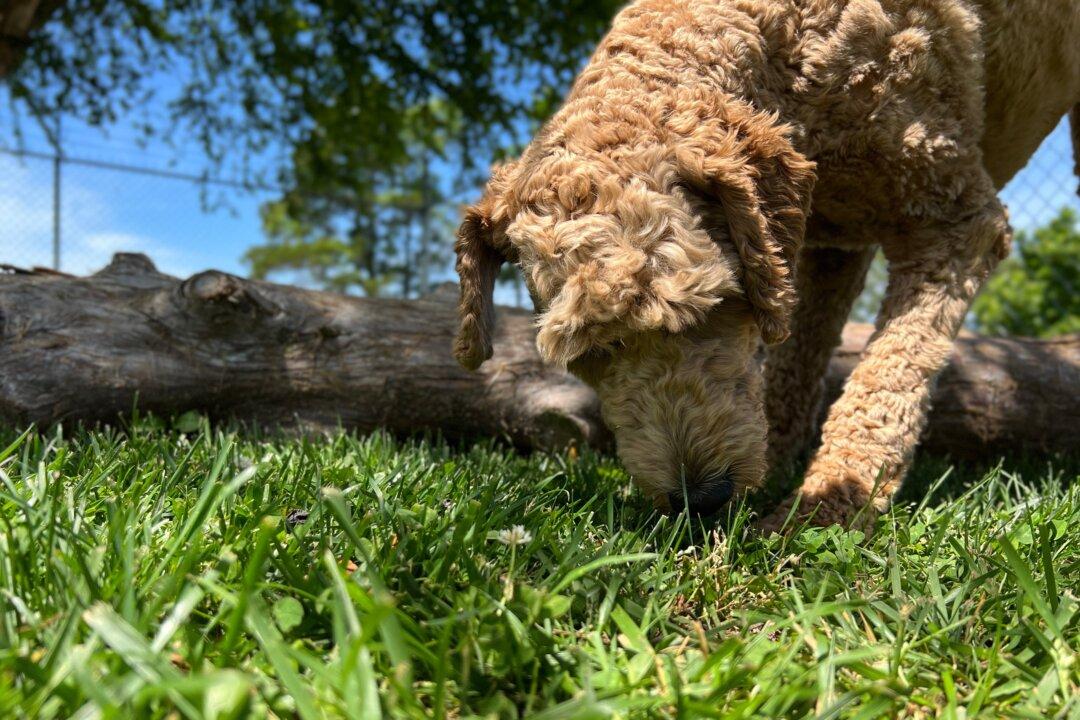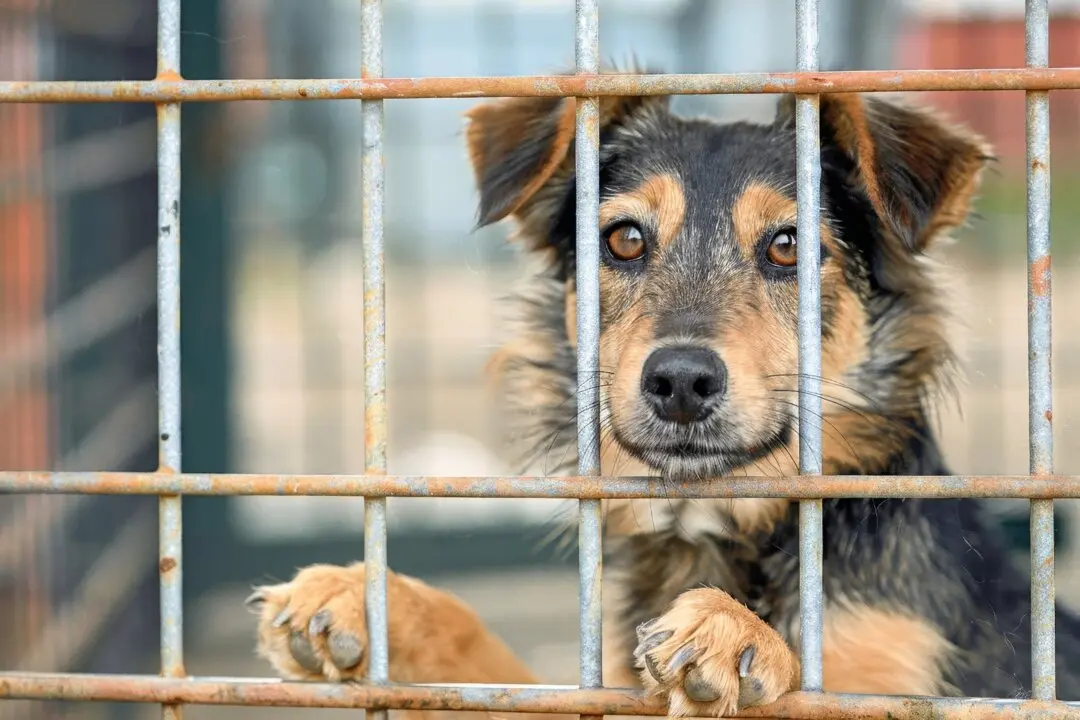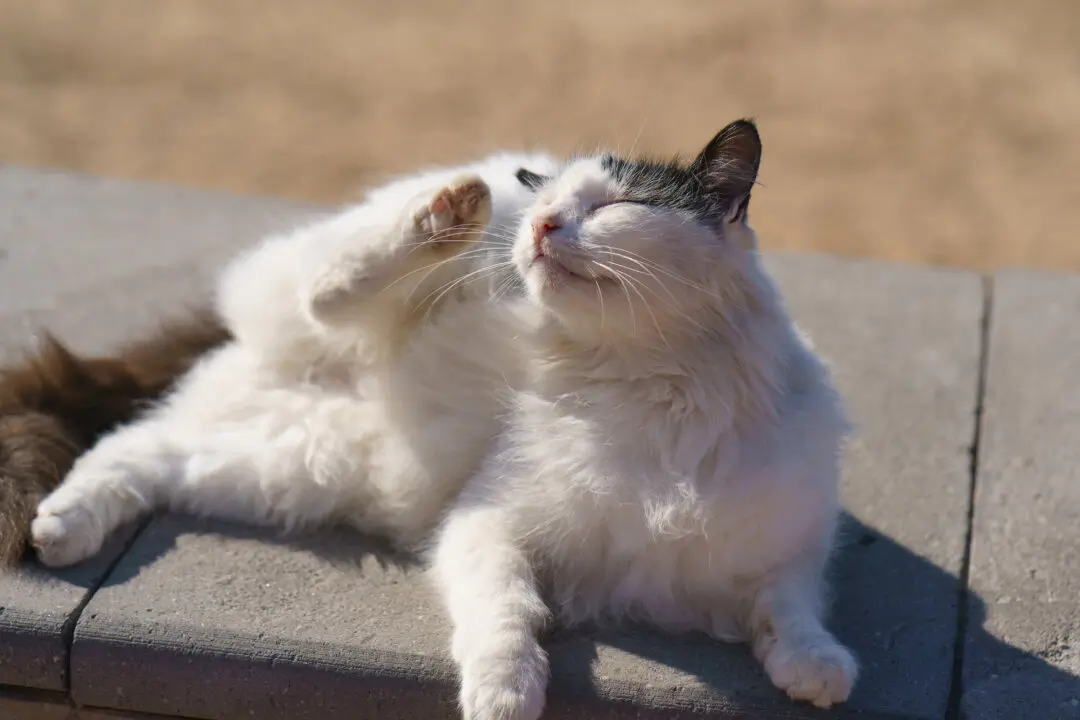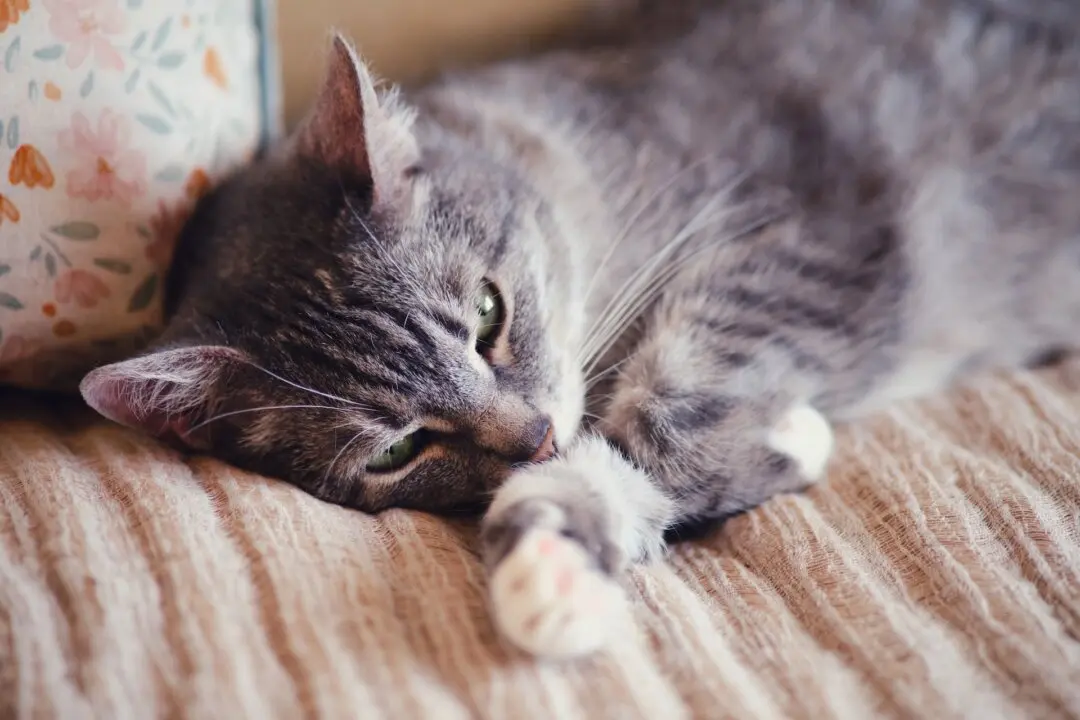Q: Taylor, my 9-year-old Sheltie, had what seemed to be a urinary tract infection, but the antibiotic prescribed for her wasn’t completely effective. Eventually, her veterinarian diagnosed bladder cancer. What causes bladder cancer in dogs?
A: Transitional cell carcinoma, or TCC, is the most common form of bladder cancer in dogs. Transitional cells line the bladder, allowing it to stretch to hold urine while protecting the underlying layers from the urine’s caustic effects. Because they line the bladder, transitional cells are exposed for a relatively long time to any environmental toxins excreted from the body.
So it shouldn’t be surprising that TCC most often targets dogs that live in industrialized areas or are exposed to herbicides or insecticides in the yard. Fortunately, oral and topical flea and tick products apparently do not increase risk.
TCC most commonly develops in middle-aged and older, overweight female dogs. Certain breeds are predisposed—beagles, fox terriers, Scottish terriers, Shetland sheepdogs, and West Highland white terriers—so genetics probably play a role.
Other risk factors are exposure to the chemotherapy drug cyclophosphamide and radiation therapy to the bladder.
Clinical signs are typical of a urinary tract infection: urinating small amounts frequently, straining to urinate, and producing bloody urine. In dogs with TCC, these signs improve with antibiotics but don’t resolve completely.
At the time of diagnosis, most dogs have a high-grade, invasive form of TCC in the trigone, the area of the bladder where the ureters from the kidneys enter and the urethra exits. Therefore, surgery is usually not a reasonable option.
Some nonsteroidal anti-inflammatory pain relievers extend survival time by four to six months. Standard chemotherapy drugs, radiation, and laser therapy can further slow the progression of TCC and prolong survival.
Q: Why does my rabbit, Cupcake, constantly wiggle her nose?
A: When Cupcake wiggles her nose, or “winks” her nostrils, she is moistening her nasal passages so scent particles stick more easily.
The ability to smell is important in helping Cupcake decide what’s safe to eat. Because her eyes are on the sides of her head, it’s hard for her to see what’s directly in front of her mouth.
Cupcake’s scenting ability also helps her find her way to her litter box and back to her nest. Her nose even tells her if she knows the nearby humans and, if she were outdoors, whether she'd entered another rabbit’s territory.
Also, as a prey species, rabbits must be acutely aware of the presence of potential predators. Quickly detecting a predator’s scent gives the rabbit time to escape from the area.
Wiggling the nose also exposes the rabbit’s vomeronasal organ, which detects pheromones. These chemical signals help animals communicate with other members of their species.
Pheromones in the rabbit’s urine and from the skin glands, particularly in the chin, mark the animal’s territory. Pheromones also convey reproductive status, aggressive intentions, and other conditions.
Watch closely, and you'll see that Cupcake’s nose wiggles at different speeds, from 20 to 120 times each minute. Faster nose wiggling means she’s trying hard to detect scents in the environment, whereas a slow wiggle means she’s feeling relaxed and secure.
Dear Readers: We would love to hear from you. What topics would you like to read about? Please send your feedback and tips to [email protected].





